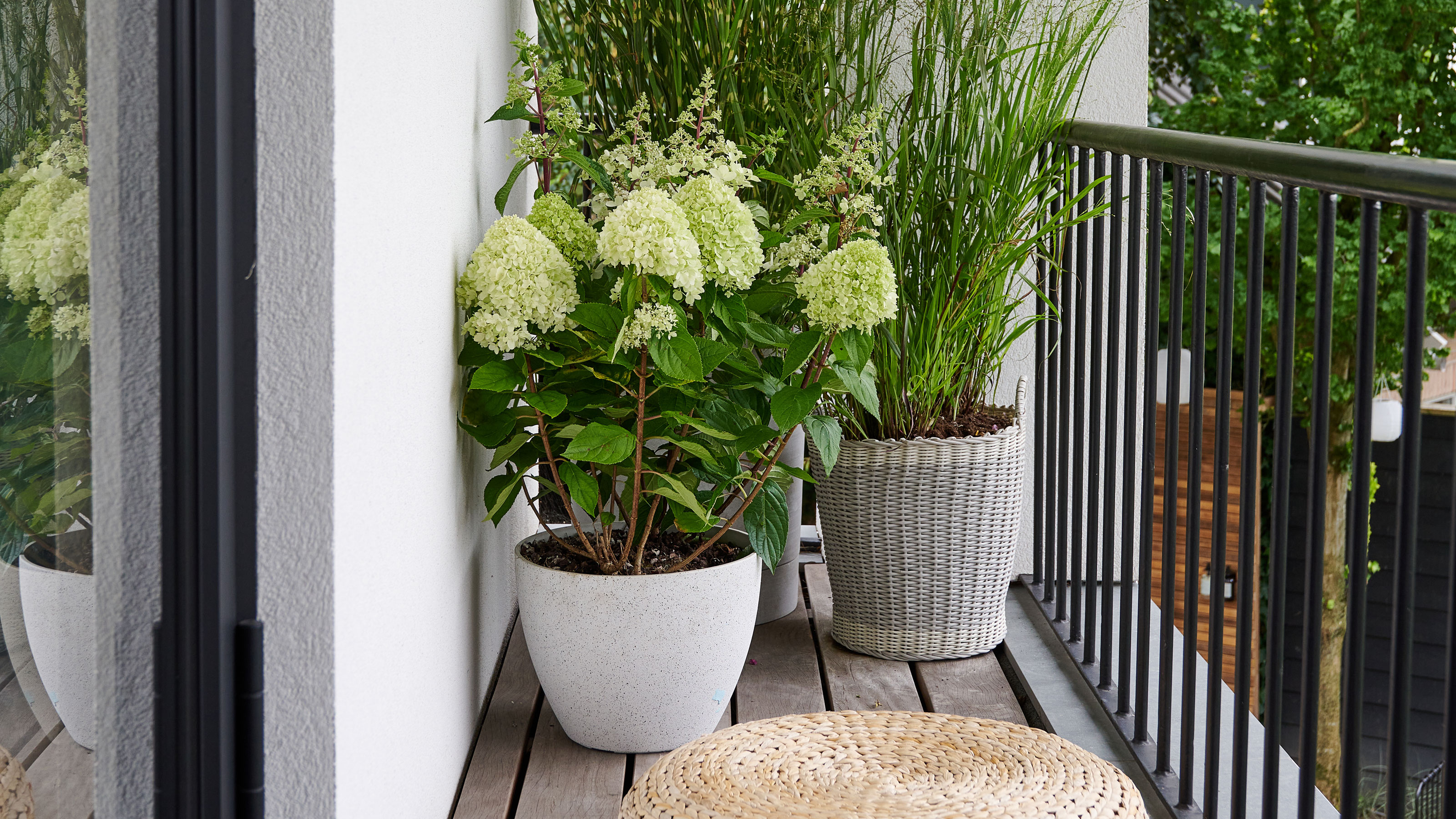
We’re at that crucial turning point in the season. Summer has finished up and we’re just about to tip into fall, which means it’s time to get those last-minute gardening jobs out the way before the colder temps take hold. The first job on this week’s to-do list: pruning!
But before you go running off with your secateurs, it’s important to pay attention to the fundamental rules of how to prune plants. After all, prune your plants at the wrong time, or too severely, and you could do irreversible damage to your plants!
To get clued up on which plants are destined for the chop before the hard frosts hit, we’ve spoken to a gardening expert, and they've filled us in what should get the chop, and how, as well as their list of essential equipment to ensure you’re pruning like a pro.
1. Late-flowering Clematis
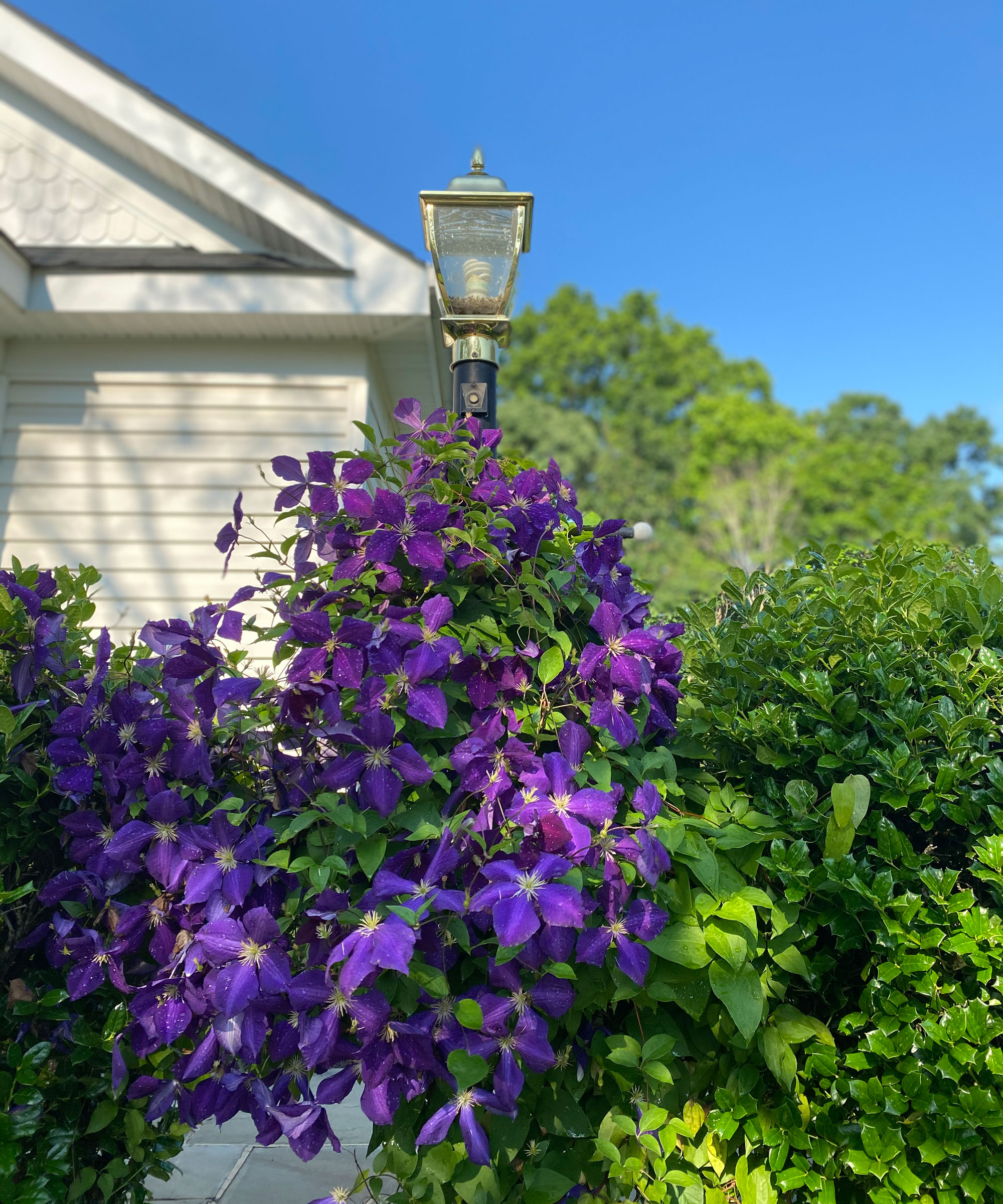
The first plant on our list? Late-flowering clematis. A beautiful climber known for its summer vines smothered in flowers, late-flowering clematis like “Justa” and “Etoile Violette” can be vigorous growers that need to be kept in check.
Unlike spring-flowering clematis like “Montana” which would be devastated by a fall-pruning, late-flowering clematis really benefit from a fall tidy up, as sustainable landscaper Marek Bowers of Bolder Green explains.
"If your clematis blooms in late summer or fall, now’s the time to prune," says Marek. "Cut back the old stems to about 12 inches from the ground to encourage healthy new growth. Be sure to make angled cuts to avoid water collecting on the cut ends, which can lead to rot. This will keep your clematis fresh and ready to climb again next year!"
2. Roses
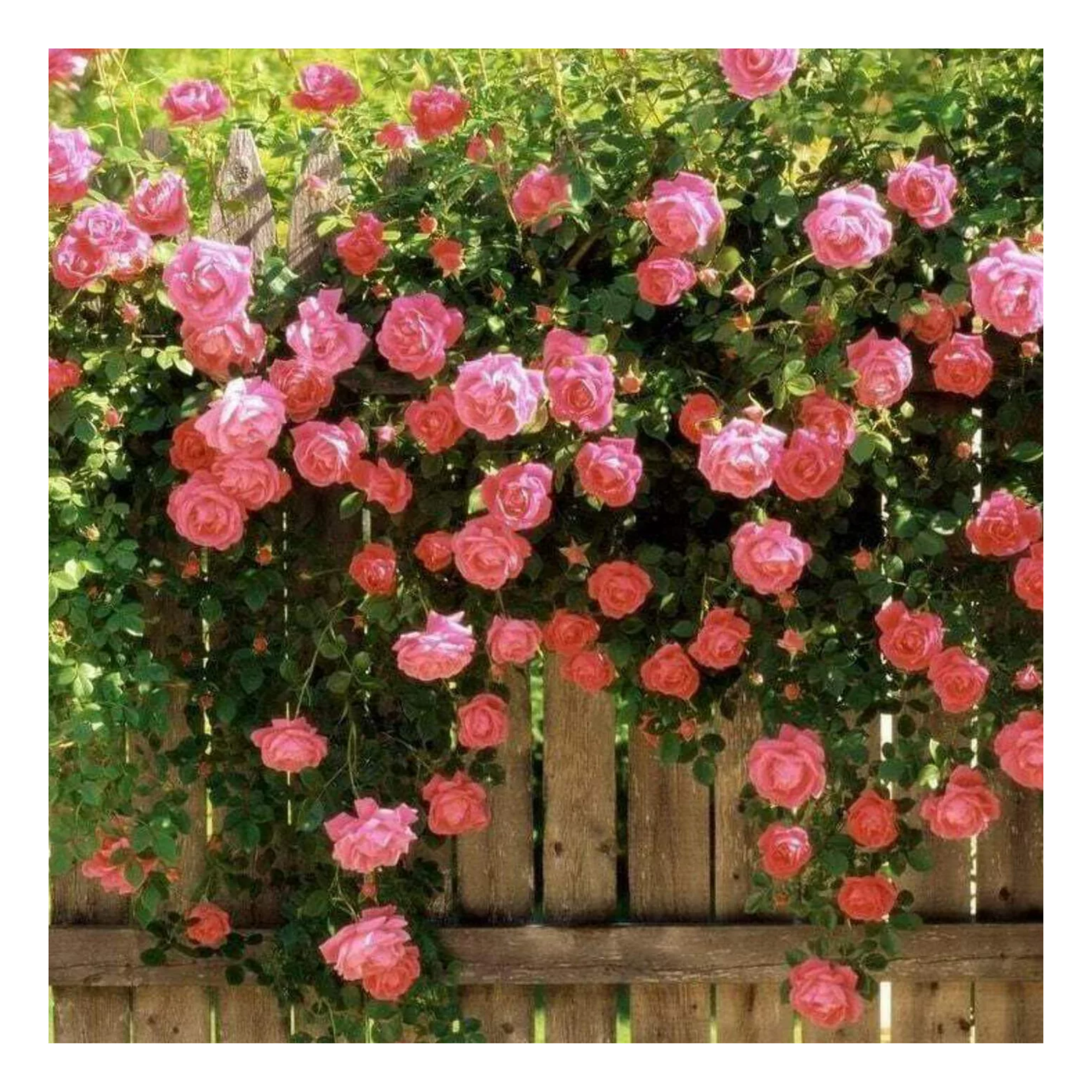
A staple of every English country garden-inspired yard, repeat-blooming roses are one shrub that can really benefit from a good chop at this time of year. Gardening expert Marek explains that in terms of when to cut back roses, fall might be the time. "For roses that bloom multiple times throughout the season, fall is a great time to give them a trim. Remove any dead or damaged wood and reduce the size of the plant by about a third."
For disease-prone shrubs like roses, pruning is an essential step in preventing black spot and powdery mildew, but technique is important. To prevent disease effectively you have to consider your rose’s airflow, as Marek explains.
"Prune just above outward-facing buds to help guide new growth in the right direction and keep the center of the plant open for better airflow." Some plant diseases like powdery mildew thrive in compact, moist conditions, so keeping the shrub in an open-goblet shape should allow the air to move more freely. Remember to remove any crossing branches too. These branches can easily rub against each other in the winds of fall and winter and create wounds on the stems which can let in disease.
Expert Marek swears by his trusty hand pruners for pruning plants like roses, but insists on pairing any pruning with some good gloves. "I love my Fiskars hand pruners and Fiskars bypass loppers," says Marek. You can find his hand pruners from Walmart. ‘"or larger branches, you might need a pruning saw. Also a sturdy pair of gloves is a must. I prefer leather because they’re warmer plus they protect my hands well!" We love these goatskin gardening gloves from William Sonoma for the job.
3. Panicle & Smooth Hydrangeas

A favorite for container gardens and cut-flower beds, panicle and smooth hydrangeas are next on the list of plants ready for a fresh pre-fall trim.
"Pruning panicle and smooth hydrangeas in fall helps set them up for strong growth next year. Trim back about one-third of the stems, cutting just above a healthy bud. Be sure to remove any old, woody branches to encourage fresh shoots," says expert Marek.
However, before cutting back hydrangeas for fall, it’s crucial to check which hydrangea variety you have. Some hydrangeas bloom on new wood, meaning pruning now won’t affect next year’s flowers. Other varieties though, as Marek highlights, carry flowers on old wood and should be left well alone this time of year. "Remember, if you have bigleaf hydrangeas, skip pruning until after the buds bloom in spring," says Marek.
Don’t throw your hydrangea flowers away after pruning though. Once the flowers feel like paper, cut them back and pop them in a vase without water to gradually dry out – they’ll last all year.
4. Lavender

If you only have time to prune one plant this weekend, make it your lavenders. This fragranced flower is a favorite with garden designers, but leaving them to their own devices for even one season can ruin their iconic compact shape. As Marek explains, now's the time to cut back lavender that's not looking its best. "Lavender can get a bit scraggly over time, so give it a light pruning before the cold weather sets in. Trim back about one-third of the plant, focusing on shaping it into a nice, neat mound," says expert Marek.
Just be sure to avoid cutting into the plant’s old wood though. Lavender flowers on last year’s growth, so you’ll need to leave some of the green stems intact to preserve next year’s flowering potential. "Avoid cutting into the woody base, as lavender doesn’t regrow well from older wood. This will help your lavender stay bushy and vibrant," Marek explains.
Don’t worry about cutting each stem individually though. A great technique to speed up the process is to grab a handful of the stems and cut them straight across, leaving about 1-inch of green stems on the old wood. This can be a bit of a tiring process if you have a lot of lavenders to get into shape though, especially if you have limited hand mobility. To make this chore easier, we’d recommend a motorized set of secateurs that will save you those aching hands. These Dewalt electric pruning shears from Amazon are budget-friendly and well-rated.
5. Wisteria
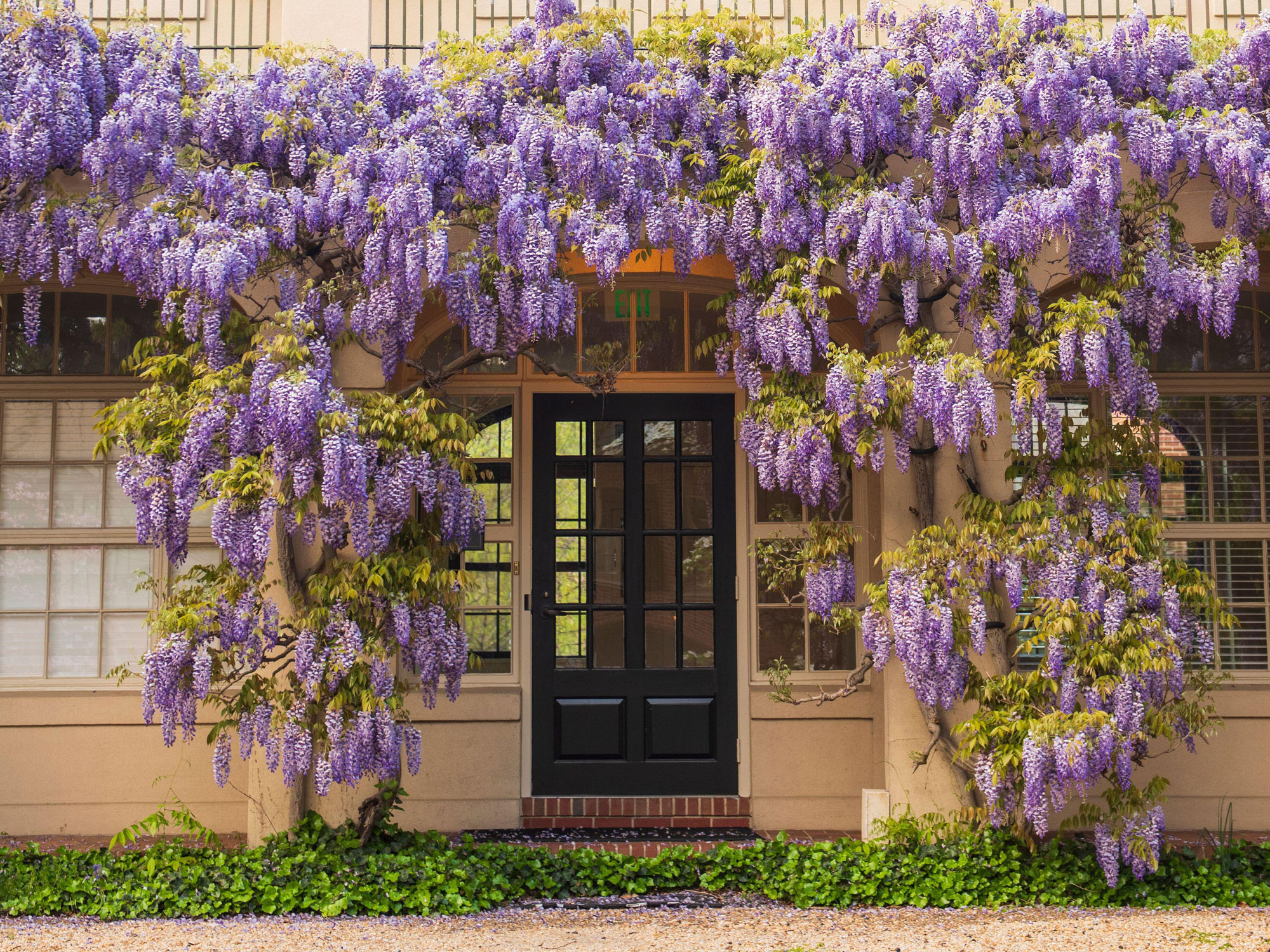
Another vigorous climber that benefits from taming at this time of year, Wisteria is next on Marek’s pre-fall pruning list. "Wisteria is known for its vigorous growth, so pruning it before fall helps keep it under control. Cut back long shoots to about six inches from the main vine, leaving two to three buds per shoot. This directs the plant’s energy toward blooming rather than producing too much foliage next season."
As well as managing your wisteria’s size, pruning them before fall is hugely beneficial for plants that have limited flower growth at the plant’s base. Removing some of the stems now will allow sunlight to reach further down the plant and encourage the wood to ripen and form more buds in spring.
If you have an older wisteria though, it might require a more intense renovation. These plants are pretty robust, so don’t be afraid to cut older plants back harder in order to stimulate better, fresher growth. Branches that aren’t productive or particularly old stems can be cut right back to just above a strong, young branch. Just make sure you’re leaving your wisteria with a great framework of young growth so it can burst into action come spring.
6. Butterfly Bush
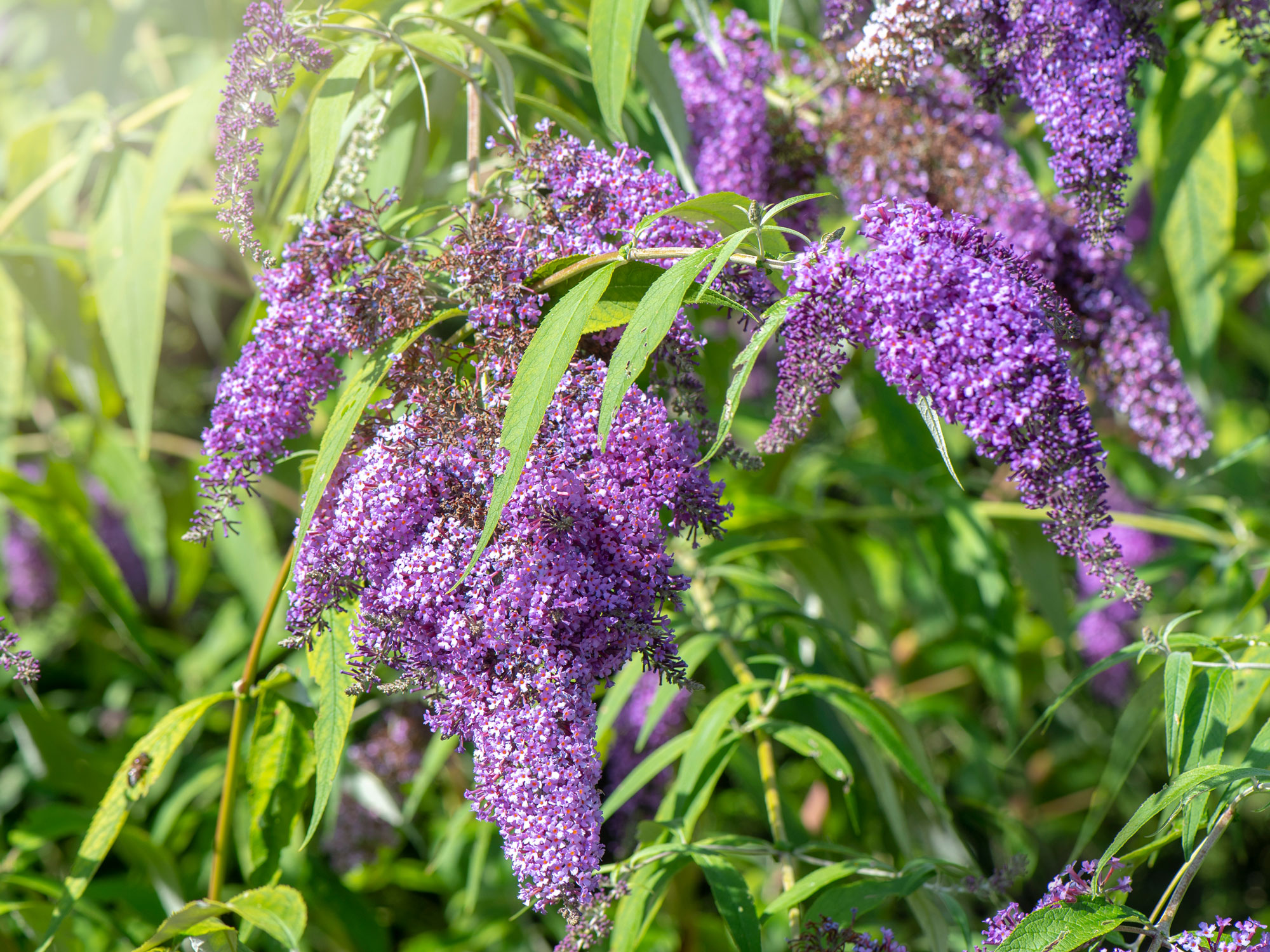
Another beautiful flower that needs tending to this time of year is the butterfly bush, otherwise known as a buddleia. As expert Marek highlights "Butterfly bushes bloom on new wood, so a fall prune sets them up for a strong showing next year." Fail to prune a butterfly bush and, much like roses, you’ll soon have a large untidy shrub with flowers limited to the top of the plant.
"Cut back the plant by a third to half its size, removing any dead or damaged branches along the way," Marek advises. "This encourages compact growth and plenty of flowers when spring comes."
One of the reasons butterfly bushes are bad for your garden is that they've invasive growers, can get quite large and their stems relatively thick, so you might find yourself needing some secateurs with a bit more force. For Marek, loppers are a great choice. They’re designed to cope with much larger branches and enable precise, clean cuts, meaning you won’t risk damaging your plant when it comes to pruning. Just be sure to keep them clean throughout the pruning season to prevent disease spreading between plants! You can find Marek's favorite Fiskars loppers at Target.







